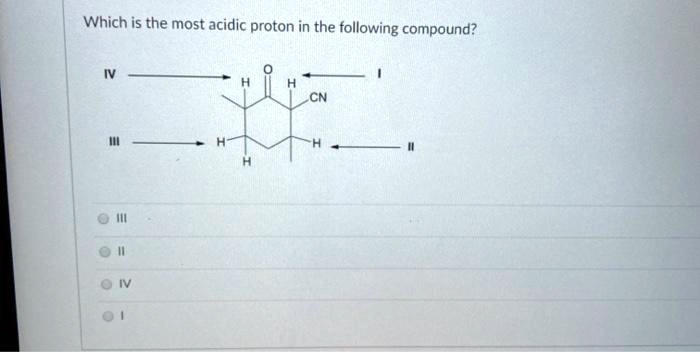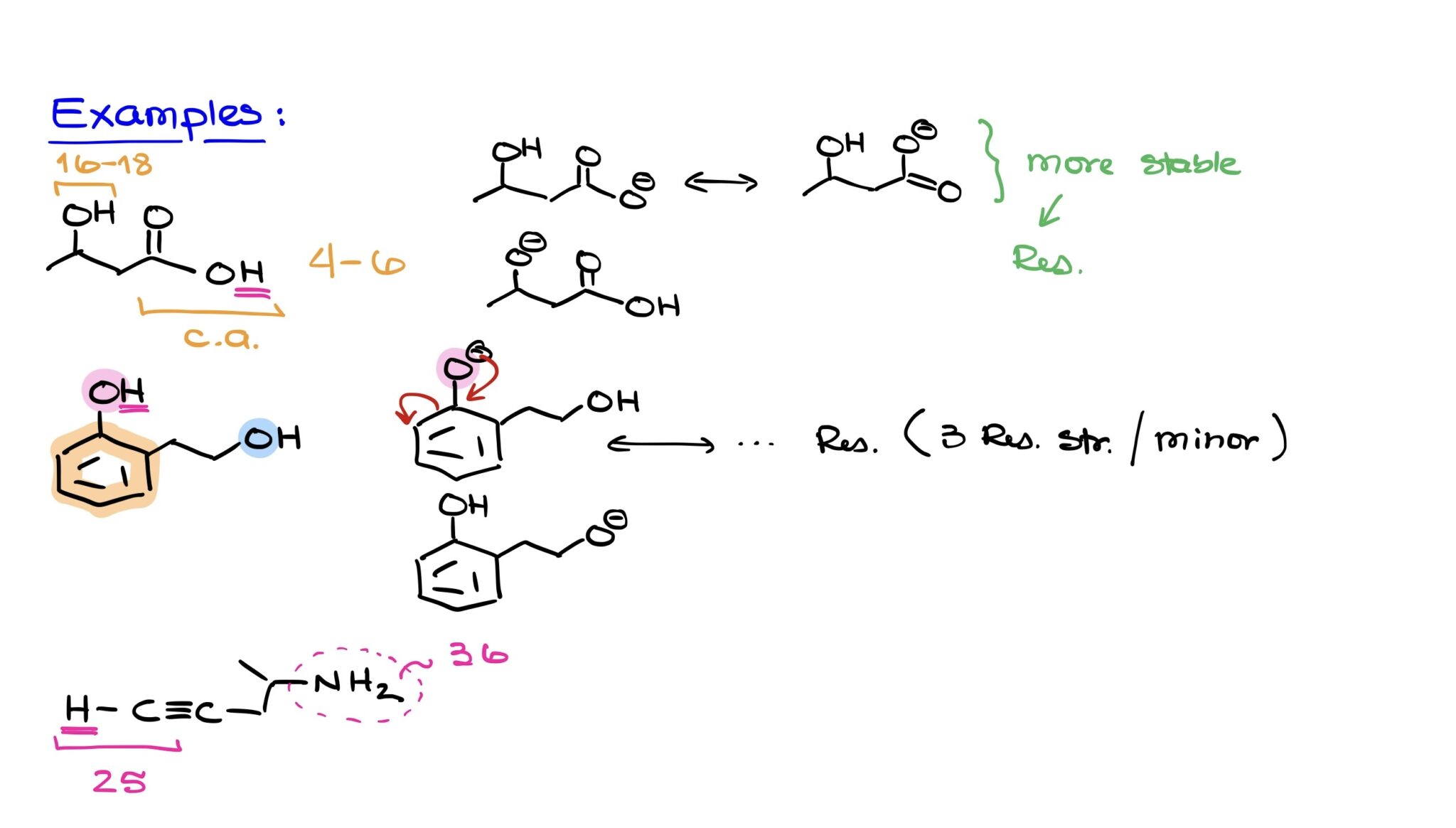Which Of The Following Most Times Uses An Acidic Ingredient

In the culinary world, acidity plays a crucial role, contributing to flavors, textures, and preservation techniques. However, pinpointing which food or culinary category consistently uses acidic ingredients the most requires a nuanced examination of various cuisines and cooking practices. Several contenders emerge, each with a compelling case.
This article investigates the question: "Which of the following most times uses an acidic ingredient?" exploring diverse culinary traditions and ingredient applications to determine which area demonstrates the most frequent reliance on acids.
Vinegars: A Ubiquitous Acidic Agent
Vinegars, derived from the fermentation of various liquids, stand out as highly versatile acidic components. They appear in countless dishes across numerous cultures. Vinegar's applications extend far beyond simple salad dressings.
From pickling vegetables to adding zest to sauces and marinades, vinegars are essential in many kitchens. The use of different types of vinegars, such as apple cider vinegar, balsamic vinegar, rice vinegar, and white vinegar, further diversifies their applications. This breadth of usage makes them a frontrunner in the quest for the most frequent application of an acidic ingredient.
Citrus Fruits: Brightness and Preservation
Citrus fruits, including lemons, limes, oranges, and grapefruits, are characterized by their high citric acid content. Their juices and zests are frequently incorporated into various culinary creations. Citrus offers both a distinctive flavor profile and preservation properties.
From marinades for meats and seafood to dressings for salads and garnishes for desserts, citrus fruits' versatility is undeniable. Their application is widespread, especially in regions with readily available citrus harvests. These bright, acidic components enliven dishes with their refreshing tang.
Fermented Foods: Cultivating Acidity
Fermented foods, such as kimchi, sauerkraut, yogurt, and kombucha, are products of microbial activity, which generates various acids, including lactic acid and acetic acid. These acids contribute to the food's characteristic sourness and help preserve it. Fermentation is a cornerstone of many cuisines.
Fermentation processes occur in nearly every culture worldwide. Each food brings unique acidic flavors and health benefits. The prevalence of fermented foods across dietary traditions positions them as a significant contributor to the overall use of acidic ingredients.
Pickling: Acid as Preservative
Pickling is a food preservation method reliant on acids, primarily vinegar or lactic acid produced during fermentation. This technique involves submerging food in an acidic solution to inhibit the growth of spoilage-causing microorganisms. Pickling extends the shelf life of vegetables and fruits.
Pickled goods exist in a vast number of preparations. From cucumbers and onions to peppers and beets, a wide range of foods are pickled. Pickling utilizes acidic ingredients to preserve food products.
Sauces: Acidity as Flavor Enhancer
Numerous sauces rely on acidic components to achieve a desired flavor profile. Tomato sauce, for example, derives its acidity from tomatoes themselves, while other sauces may incorporate vinegar, citrus juice, or fermented ingredients. Sauces add depth and complexity to meals.
Many sauces, such as barbecue sauce and Worcestershire sauce, intentionally integrate acidic components for flavor balancing. Acid provides tang and contrast to rich or sweet ingredients. The ubiquity of sauces across cuisines suggests substantial utilization of acidic ingredients.
Analysis and Determination
Based on the considerations, the answer "Which of the following most times uses an acidic ingredient?" is complex. While all the listed options utilize acidic ingredients extensively, vinegars and citrus fruits likely stand out due to their consistent application in a wider variety of culinary contexts.
They are used in both preparation and finishing of dishes. Fermented foods contribute significantly, but their usage might be more specific to certain cuisines. Pickling is a distinct process utilizing acids. Sauces use acids for flavor balancing and complexity.
Conclusion
Determining the most frequent use of an acidic ingredient requires comprehensive analysis of various culinary techniques. While several options could be argued, the versatility and widespread application of vinegars and citrus fruits make them strong contenders for being the most frequently utilized acidic ingredients. They are common in global cuisines and used for a variety of culinary purposes.
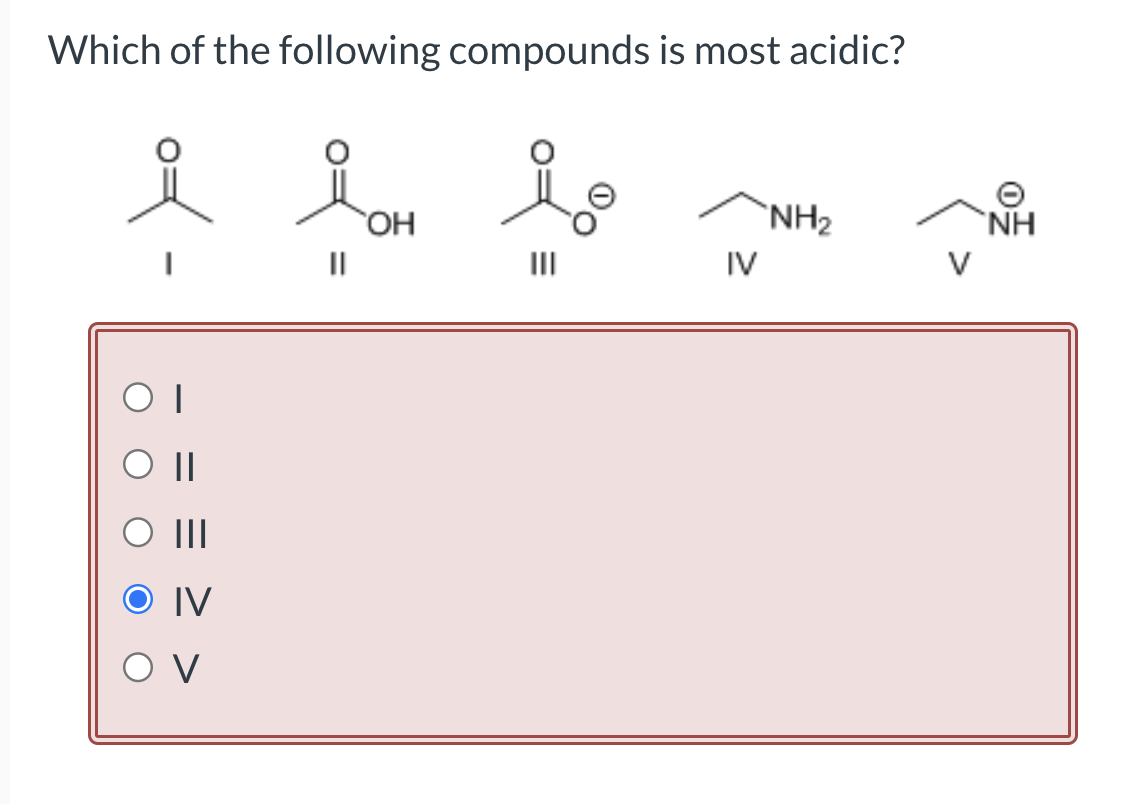
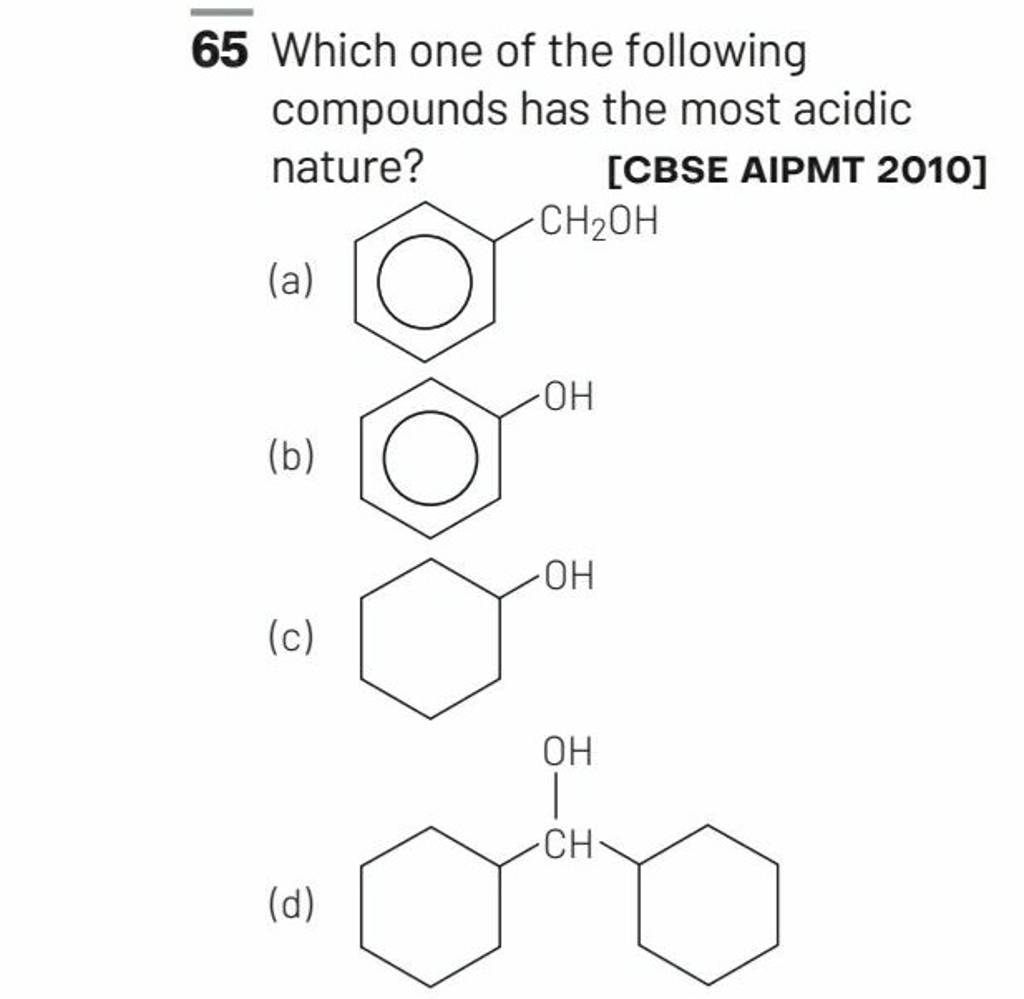
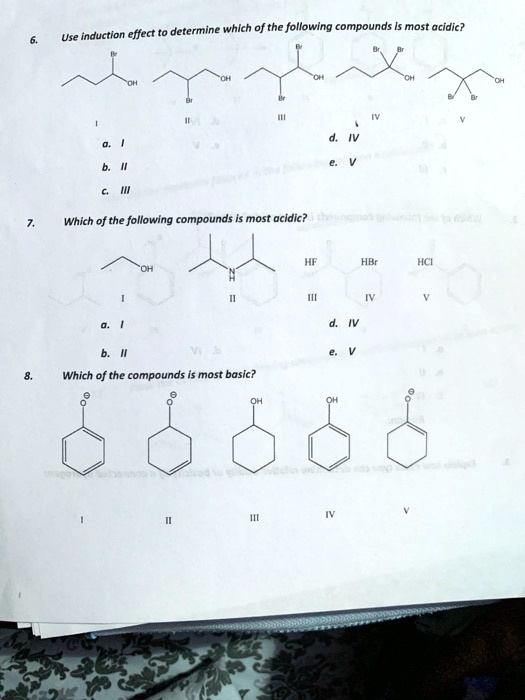
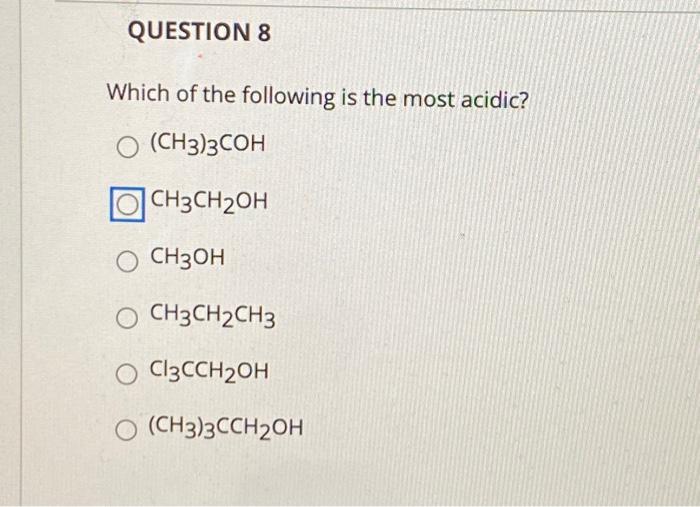


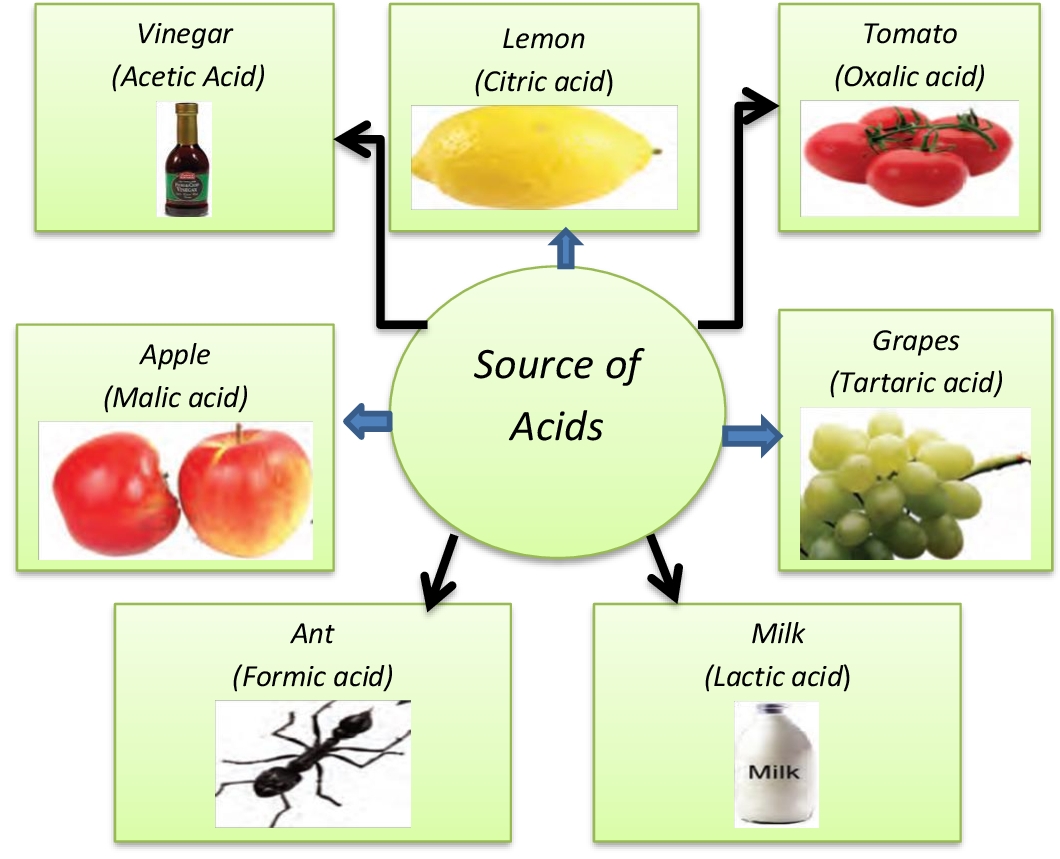

![Which Of The Following Most Times Uses An Acidic Ingredient Which one of the following compounds is most acidic ? [CBSE AIPMT 2005]..](https://classroom-images.cdn.askfilo.com/classroom/1654262585799_dglnhyyw_1932908.jpg)
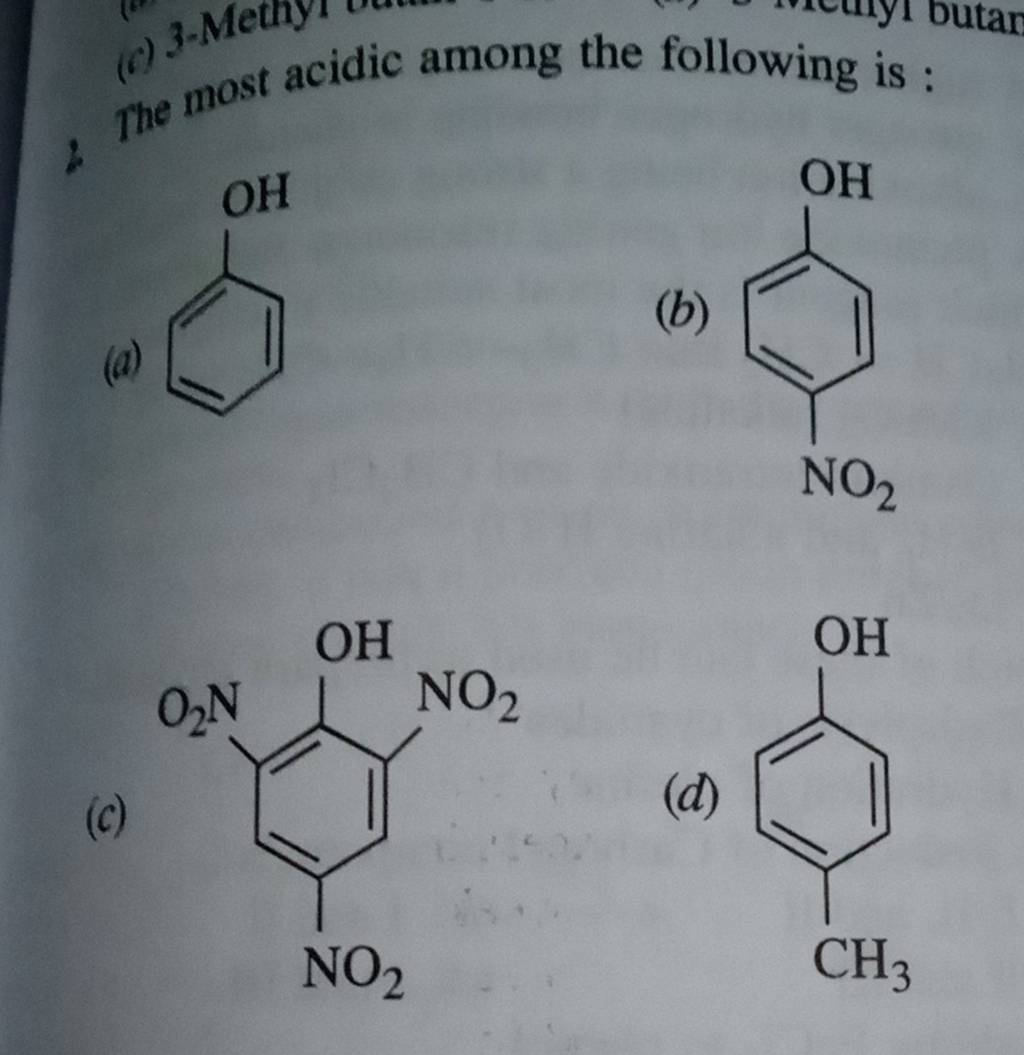
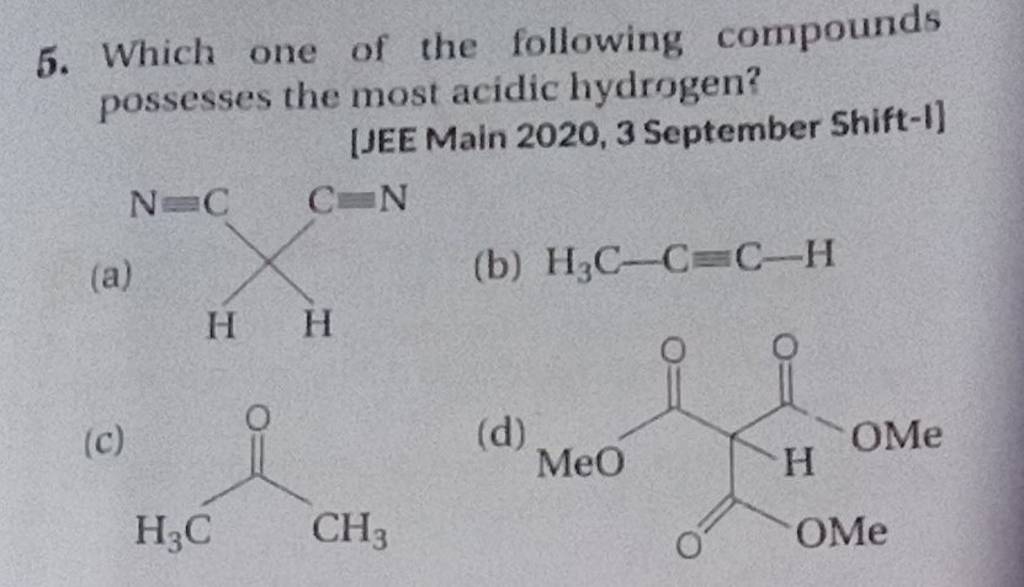
![Which Of The Following Most Times Uses An Acidic Ingredient [ANSWERED] Which of the following compounds is most acidic CH3OH CH3Br](https://media.kunduz.com/media/sug-question-candidate/20220621151753560542-4636096.jpg?h=512)

